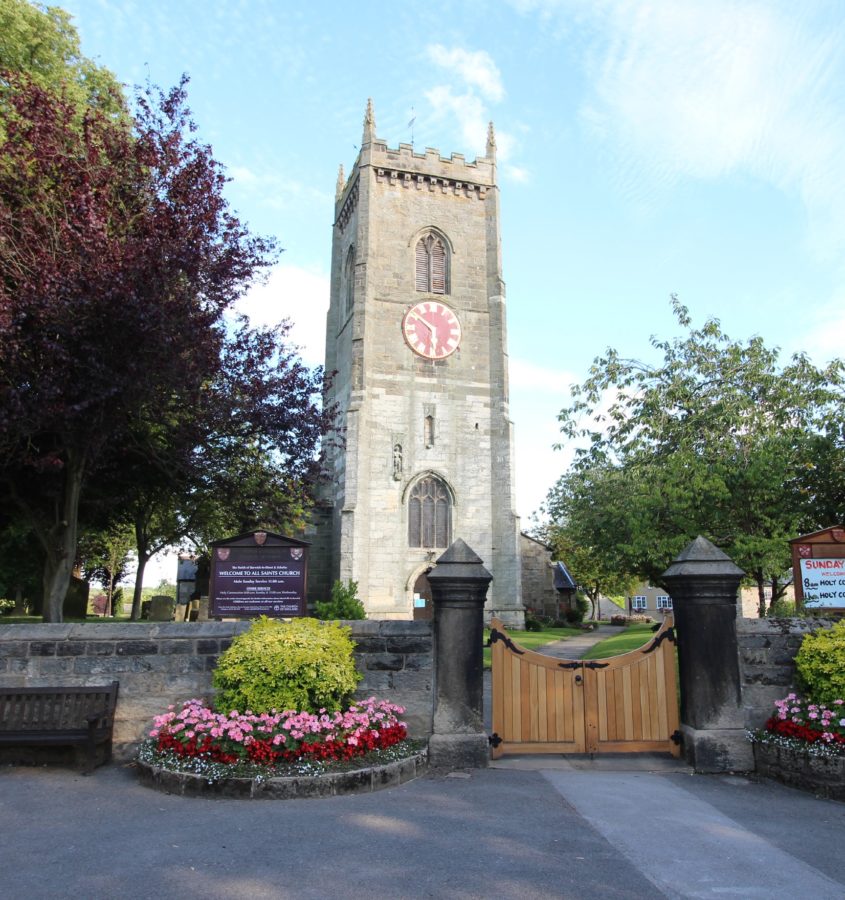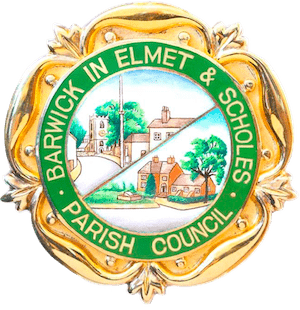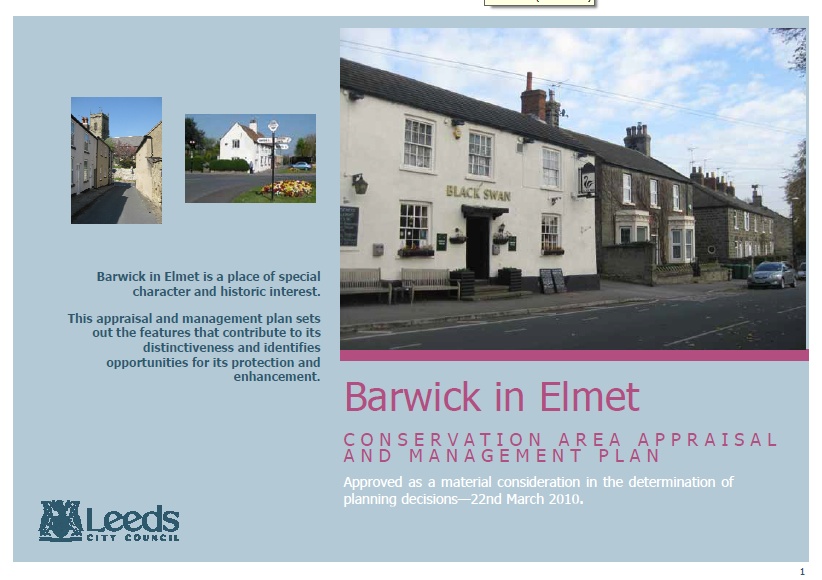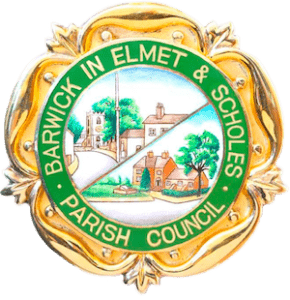
Situated some 10 miles from the centre of Leeds the village has become a thriving commuter location with good road links to the A1(M), M1 and M62 motorways. Following a large expansion of the village in the 1960’s Barwick has a population of over 2,000 residents and approximately 1100 residences. Unlike many neighbouring villages Barwick in Elmet has retained a thriving Main Street which includes 3 Pubs, 2 churches and numerous local shops including a Post Office. The Village Hall offers an excellent venue for many of the local activities with tennis courts, a bowling green, cricket and football pitches situated nearby and alongside the Junior School.
At 86 foot tall the Maypole boasts being one of the tallest in the country.
The ancient village of Barwick in Elmet dates back to around 200-600 BC. The earthworks at Wendel Hill and Hall Tower Hill were probably built by the local tribe of Brigantes and coins have been found dating from the second century BC and first century AD which would suggest some continuity in the use of the earthworks up to the time when the Romans conquered the north of England.
There is a reference to an agricultural settlement in the Domesday Book which indicates a Norman presence in Barwick in Elmet and subsequently the Lordship of the Manor passed through marriage to the Duchy of Lancaster in the fourteenth century. From a number of taxation surveys, it is known that in 1379 there were 197 adults living in about 100 households.
Click HERE to view map of Parish.
After passing through several hands, the Manor ended in the ownership of the Gascoigne family in the seventeenth century and there are records indicating that in the following century there were around 240 families living in the parish. In 1720 there is the first mention of a school in Barwick in Elmet and by 1821 the parish had increased its population to 1,481 inhabitants.
1920s also saw the introduction of water, electricity, gas, mains sewage and telephones to the village, but it wasn’t until post war years that the village saw significant expansion. In the last 100 years the villages have been transformed from farming and mining communities into commuter settlements and places of retirement, although the parish still includes several working farms producing wheat, barley, oilseed rape and potatoes, with some rearing of poultry and cattle.
Barwick in Elmet Historical Society have many articles that may be of interest. Visit: www.elmethistoricalsociety.com.

Barwick in Elmet Conservation Area
The conservation area originally developed as a distinct rural village set within open countryside. Barwick in Elmet is a village whose history is second to none. With the northern part of the village lying within an Iron Age hill fort, and an early Medieval motte-and-bailey castle
occupying the southern part of the fort, the early development of the village was one of defence and enclosure.
Planned medieval expansion was the first phase in shaping the village today. The fact that all of these elements are still visible gives Barwick a tangible “on
the ground” history that emphasises its special interest. Though the village in recent times has been surrounded by modern developments the castle and medieval expansion retain their dominance over 20th century housing
The full document for the conservation area was published in 2012 by Leeds City Council. To view or download click on the link below.


